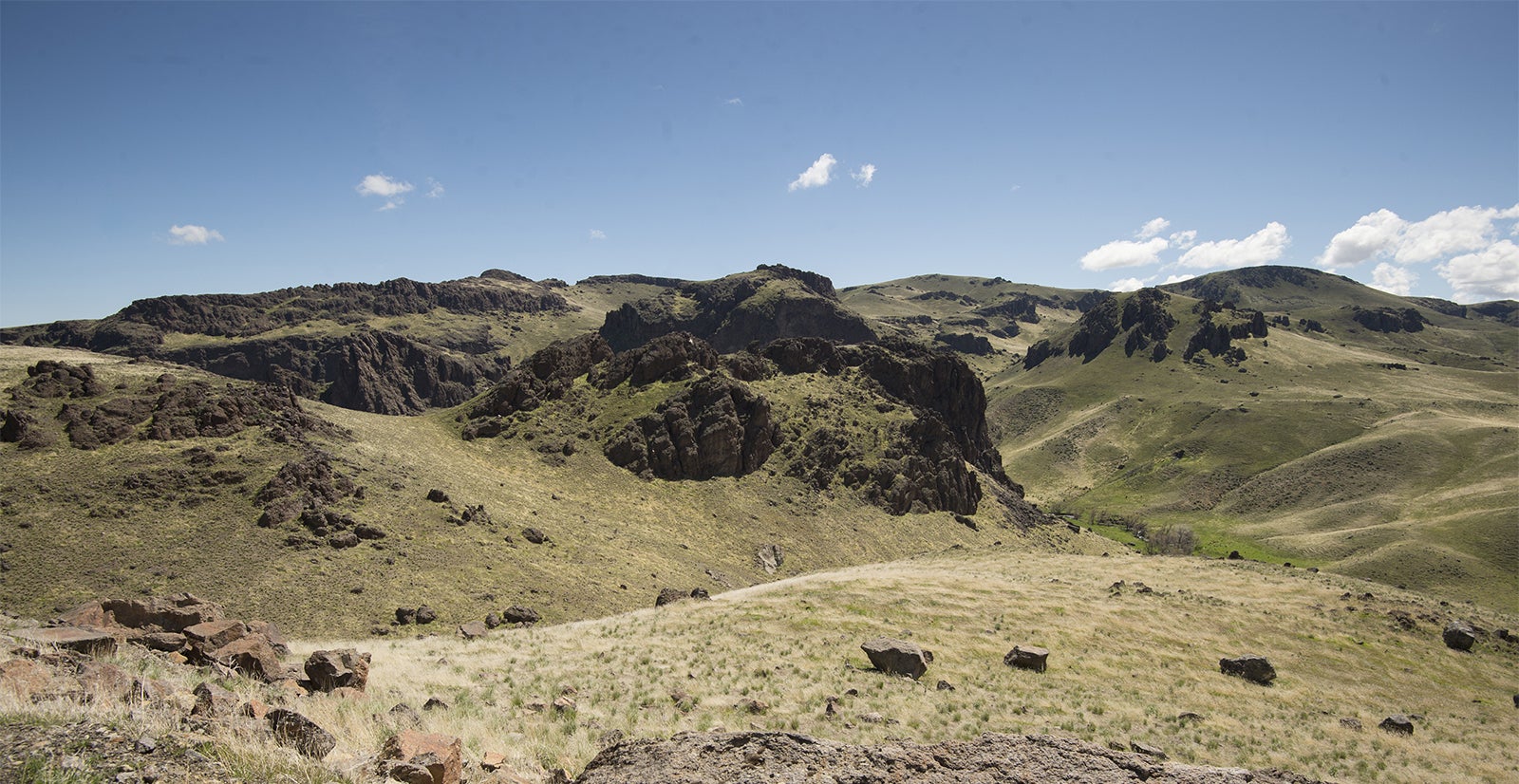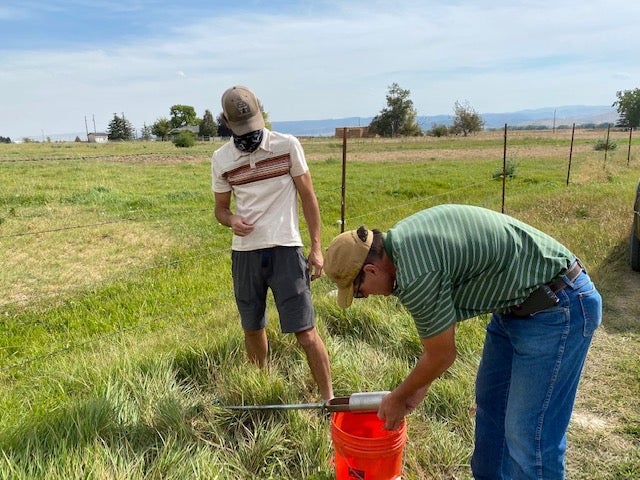
Drylands, informally known as rangelands, occupy about 40 percent of the Earth’s surface. Dryland is a terrain familiar to many Idahoans. It’s found along the expansive Snake River Plain across Southern Idaho where there’s typically not enough water for trees to grow, except along the river banks. Drylands may appear rugged, but are fragile and sensitive to human activity.
Jen Pierce, an associate professor in the Department of Geosciences, has received a grant of more than $500,000 from the National Science Foundation to advance first-of-its-kind, critical zone research of drylands ecosystems. Pierce’s work focuses on understanding how carbon is stored in dryland soils, how human activities affect that storage and whether soils may offer a key to curbing climate change — a challenge that feels all the more urgent given the 2020 fire season that engulfed the West in flames.
Pierce’s research, a collaboration with researchers at the University of Texas at El Paso, New Mexico State University and the University of Wyoming, will take place over the next five years. Two of five study sites are in Idaho.
“The project will improve knowledge of soil and water resources in natural and agricultural fields locally with implications for drylands globally,” said Pierce.
The research
In dryland soil, carbon is stored not in its organic form — think of the healthy black soil prized by gardeners — but in its inorganic form, calcium carbonate, that creates soil known as caliche, or hardpan. This kind of soil represents long-term carbon storage.
“The more carbon we can store in the soil, the less carbon is released (in the form of carbon dioxide) into our atmosphere and warming planet,” said Pierce.
What scientists don’t yet know, she said, is how activities like irrigation or development that transform sagebrush into green lawns affect drylands. Do these activities increase or decrease the amount of inorganic carbon they hold? Does that, in turn, increase or decrease the amount of carbon dioxide released into the atmosphere?

“We don’t know,” said Pierce, “but I’m looking forward to finding out.”
Pierce wants to determine if augmenting drylands soils with calcium, a process that removes carbon dioxide from the air and stores it in a more permanent way as calcium carbonate underground, could be one weapon against climate change — one that could be applied around the world. Her team is studying the soil and measuring the presence of carbon dioxide in Kimberly near Twin Falls and Reynolds Creek in Owyhee County, both sites associated with United States Department of Agriculture research stations.
The community connection
In addition to the potential global applications, Pierce’s work with soils will offer opportunities for local STEAM (Science, Technology, Engineering, Arts and Mathematics) education efforts, building on the educational outreach she’s already done in local K-6 classrooms, and outreach the geosciences department has done with projects like the science fair in the rural community of Marsing, Idaho.
“Kids love soils. Soils are super accessible. You can go out into your yard and get a sample,” said Pierce. “Without fail, kids will find great things to notice in soils. Worms are the highlights.”
The project will provide training opportunities for local teachers and engage the public through outreach activities and, in this rural part of the state, help students better understand the relationships between soil, farming and the health of the planet.
— Story by Anna Webb